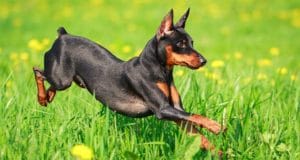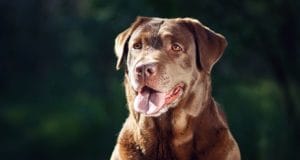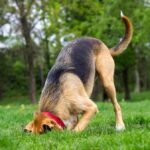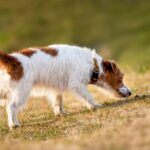Just after Thanksgiving, I finally decided to get my dog Sheeba’s DNA tested, so spent $85 for the test. I ordered it on a Friday and it arrived the following Monday, sent it back on a Tuesday and they got it the following Friday. Two weeks later, the results came back — and there were a few surprises.
Schipperke or not?
When I adopted her, the shelter identified Sheeba as a schipperke mix, and it seemed to make sense. She was a small black dog, and her face certainly resembled the breed, although her body didn’t. Schipperkes are kind of square shaped — short and squat — while Sheeba is tall, with long legs and a thin body. Also, she has a white marking on her chest in the shape of a Roman gladius, while the breed standard for schipperkes does not allow any marking.
When the report arrived, I was amazed at the results, but upon reflection, they make total sense. One caveat, though, as I learned from an Amazon review of the test by a biologist — while the results are laid out in a family tree pattern, what they really tell are not which ancestor was what breed but, rather, what percentage of particular breeds a dog is.
So, in other words, while the results listed specific parents, grandparents, and great grandparents, what they really mean are certain percentages, actual lineage unknown. Still… the answers were surprising, both for what they showed and what they didn’t.
Sheeba revealed
So… what is Sheeba? The first surprise: she has no schipperke in her at all. While she is three eighths mixed-breed dog, the markers discovered indicate most strongly various terriers, and don’t even include the group that schipperkes belong to. So, first conclusion: Sheeba is not the breed I thought she was.
Second surprise: she is one quarter chow-chow. While she doesn’t resemble the breed physically at all, she certainly matches the temperament: serious-minded, dignified, bright, and aloof.

A chow-chow
Next surprise: Sheeba is one eighth Akita, which she does resemble much more physically, except in size. The Akita is known for its double coat, which it drops seasonally, and this is also something I’ve noticed with Sheeba. Although she has jet black fur, twice a year I find myself having to groom out clumps that are gray on the bottom.

An Akita
Now, while chow-chows are generally healthy, the Akita can be prone to bloat, retinal atrophy, and hip dysplasia. Although this breed is the least represented in Sheeba’s lineage, because she physically matches it so strongly, I now have very important information to ensure that she gets the best preventative medical care. Another interesting note: the Akita does not do well around small children, and the one thing I do know about Sheeba is this: She does not like kids at all.
But this was not the biggest surprise.
The most surprising thing about Sheeba, especially considering that she is a small dog who only weighs 34 pounds, is that she is one quarter… German shepherd. I can see it in her snout, ears and intelligence, but otherwise, she looks nothing like the breed beyond the fact that there are black German shepherds out there. But, like the Akita, German shepherds are also prone to hip dysplasia and eye diseases.

A black German shepherd
The unanswered question
When it comes to breed health issues, though, the only one that Sheeba has been diagnosed with is luxating patellas, or loose kneecaps, and among the breeds previously listed, this is the only one that specifically affects schipperkes. So, in the interest of science, and taking advantage of a second test discount, I think I’m going to have her tested again, and be overly cautious this time around.
On the other hand, it’s nice to know that, for the time being, I can refer to her as a German chowkita. That’s the wonderful thing about mutts. Every single one of them is unique. Whether you want to know specifics or not is up to you, although the more you know the better you can be as a Pack Leader. After all, if you think you have a herding breed but actually have a working breed, you can adjust your program accordingly.
After getting Sheeba’s results, I did adjust when she saw a squirrel on our walk, and the results were very interesting. Normally, she would just lunge and bark. This time, I let the leash loose to see what she’d do, and she went into a stalking mode very reminiscent of a German shepherd. Instead of charging at the prey, she took her time, got low, then moved forward slowly, and went into a pounce pose very much like a German shepherd would do before she launched. I didn’t let her complete the attack, but I suddenly saw a very different side of her — a side I never would have even tried to see if I’d never had her tested.
Of course, Cesar tells us that dogs see themselves as animal, species, breed, and then name — so breed seems unimportant in that formula. On the other hand, breed is very powerful because it tells us what needs we should fulfill in our dogs. And, thanks to this test, I’ve realized now that I may have been fulfilling the wrong needs in Sheeba.
Next stop: I think that Sheeba would enjoy a trip to the DPC to try out her skills at herding.
Have you had your dog or yourself DNA tested? What surprises did you find if you did? Tell us in the comments.
